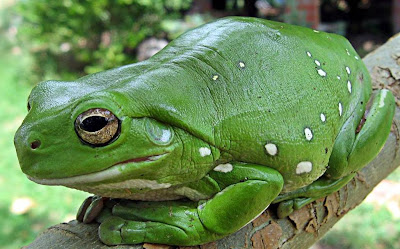Nests are begun by overwintered founding queens or foundresses , who spend about a month in the spring constructing a nest and provisioning offspring, the first of which will become daughter workers in the growing colony. Males are produced later, and when they start to appear, a few daughters may mate and leave their nest, to become foundresses the next season. The switch from production of workers to production of future foundresses is not utterly abrupt, therefore, as has been considered the case for other species of Polistes. The colony disperses in the late summer, with only males and future foundresses produced instead of workers, and individuals frequently cluster in groups to overwinter. Hibernation does not usually take place on former nest sites.
The colony disperses in the late summer, with only males and future foundresses produced instead of workers, and individuals frequently cluster in groups to overwinter. Hibernation does not usually take place on former nest sites.
Tuesday, August 10, 2010
Polistes dominula
Sunday, August 8, 2010
Reverse Vasectomy for Rare Horse
Thursday, August 5, 2010
Rare White’s Tree Frogs
A normal 10 cm (4 inches) in length, this frog tends to look in fat and flabby. Females have been known to produce as long as 5 inches, nose to vent. The males usually grow to be about 4 inches long. Its' smooth green skin characteristically appears to be folded from its' tendency to be obese. Occasionally it will change colors to brown, and sometimes it will also have some little white spots all over it's body. Their tough skin helps them to retain water. It seems, from what other White's Tree Frog owners have said, that the higher the humidity, and lesser the temperature, the darker and browner their colors. Whereas if the temperater is higher, with less humidity, they tend to be brighter, more blue. It's funny looks have also brought about nicknames like "Dumpy Tree Frog" and "Smiling Frog."
Occasionally it will change colors to brown, and sometimes it will also have some little white spots all over it's body. Their tough skin helps them to retain water. It seems, from what other White's Tree Frog owners have said, that the higher the humidity, and lesser the temperature, the darker and browner their colors. Whereas if the temperater is higher, with less humidity, they tend to be brighter, more blue. It's funny looks have also brought about nicknames like "Dumpy Tree Frog" and "Smiling Frog."